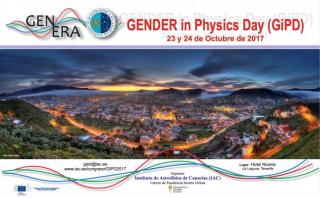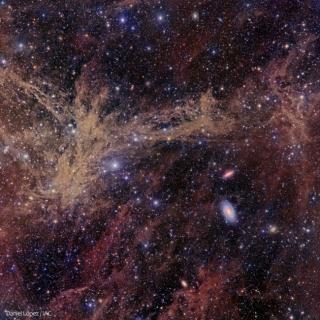
The meeting will take place on the 23rd and 24th of October in La Laguna with the aim of creating a space for interchange, debate and proposals for the promotion of gender equality in Physics.
Advertised on
This section includes scientific and technological news from the IAC and its Observatories, as well as press releases on scientific and technological results, astronomical events, educational projects, outreach activities and institutional events.





